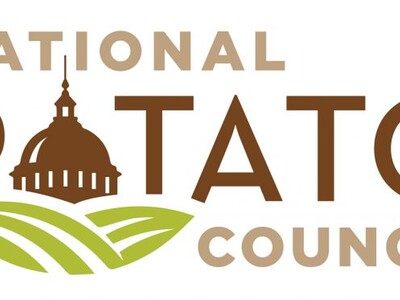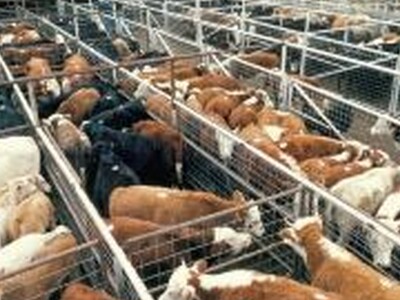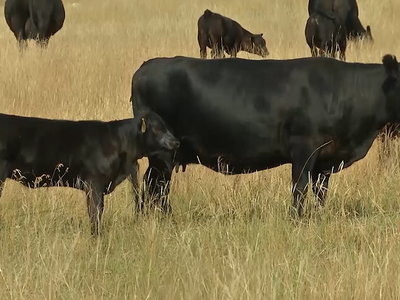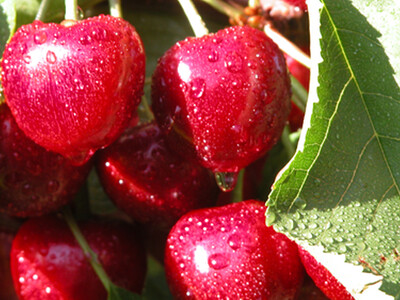Honeycomb and Colony Collapse Disorder; cheap wild bee nurseries
Washington Ag July 27, 2009 Recent research results from Washington State University scientists shows old honeycomb is a big contributor to the mysterious Colony Collapse Disorder that has wiped out thousands of bee hives throughout the Pacific Northwest over the past several years. Entomology professor Steve Sheppard and his team first looked at pesticide levels in the wax of older honeycomb. Sheppard found “fairly high levels of pesticide residue” and bees raised in those hives “had significantly reduced longevity.” One easy solution is for beekeepers to change honeycombs more often. In Europe, for example, apiarists change combs every three years. Sheppard says that practice hasn’t been emphasized here and although there is no real consensus about how often beekeepers should make the change, it needs to be done more often. Farmers who need crops pollinated by bees can get help from wild bees by building shelters for them that cost as little as five dollars. USDA’s Agricultural Research Service scientist James Cane says wild bee nurseries can be made out of corrugated plastic bins, milk cartons and nesting material like straw. Cane: “Talking with growers and with growers emphasizing to me that we needed something affordable, practical, effective, durable, and made of off the shelf items, that is what drove me to produce this shelter.” 10 Cane has tested his wild bee shelters in western states and they have been shown to be durable in weather conditions such as wind and rain. He says each shelter can house enough bees to pollinate a half acre to an acre of fruit. I’m Bob Hoff and that’s Washington Ag Today on the Northwest Ag Information Network. ?

















